Photographers Bring Home a Picture of Fukushima
One of art’s greatest functions might be the way it helps us share our common experiences, though those experiences are sometimes all too tragic.

One of art’s greatest functions might be the way it helps us share our common experiences, though those experiences are sometimes all too tragic. That was the case in 2011, when the Great East Japan Earthquake struck the country’s Tōhoku region, stirring up a powerful tsunami that damaged the Fukushima Nuclear Power Plant and killed about 25,000 people.
But as In the Wake: Japanese Photographers Respond to 3/11 at the Museum of Fine Arts, Boston shows, art also offers a way for society to come to grips with such disasters. Curated by Anne E. Havinga and Anne Nishimura Morse, together with research fellow Tomoko Nagakura, the show features about 100 photographic images created by 17 established and emerging Japanese photographers in the months following the “triple disaster,” as the events are now known.
Each image shows its photographer processing the catastrophe in his or her own unique way. Some approached it as documentarians. Kōzo Miyoshi and Naoya Hatakeyama both took sweeping photos of twisted railway tracks, flattened homes, and hacked-up forests. Takashi Homma photographed wild fungi, a common ingredient in Japanese dishes that became charged with meaning after the disaster, its form recalling the nuclear cloud that burst over Hiroshima.
Others dealt with the tragedy more abstractly. Shimpei Takeda exposed radiation in his surroundings through autoradiography, a process that resulted in irking but beautiful tableaus. Masato Seto, one of the few photographers to enter and photograph Fukushima in the days after the leak, printed his images negatively in black-and-white — to a ghostly effect. Still others approached the medium in a way that mirrored the earthquake’s destructiveness, as Nobuyoshi Araki did when he cathartically scratched up 283 negatives of his own images.
Four years after the disaster, more than 100,000 people are still displaced. While the photographers of In the Wake can’t speak for them, their images do offer a safe space where wounds can heal, and where scars can begin their slow fade.

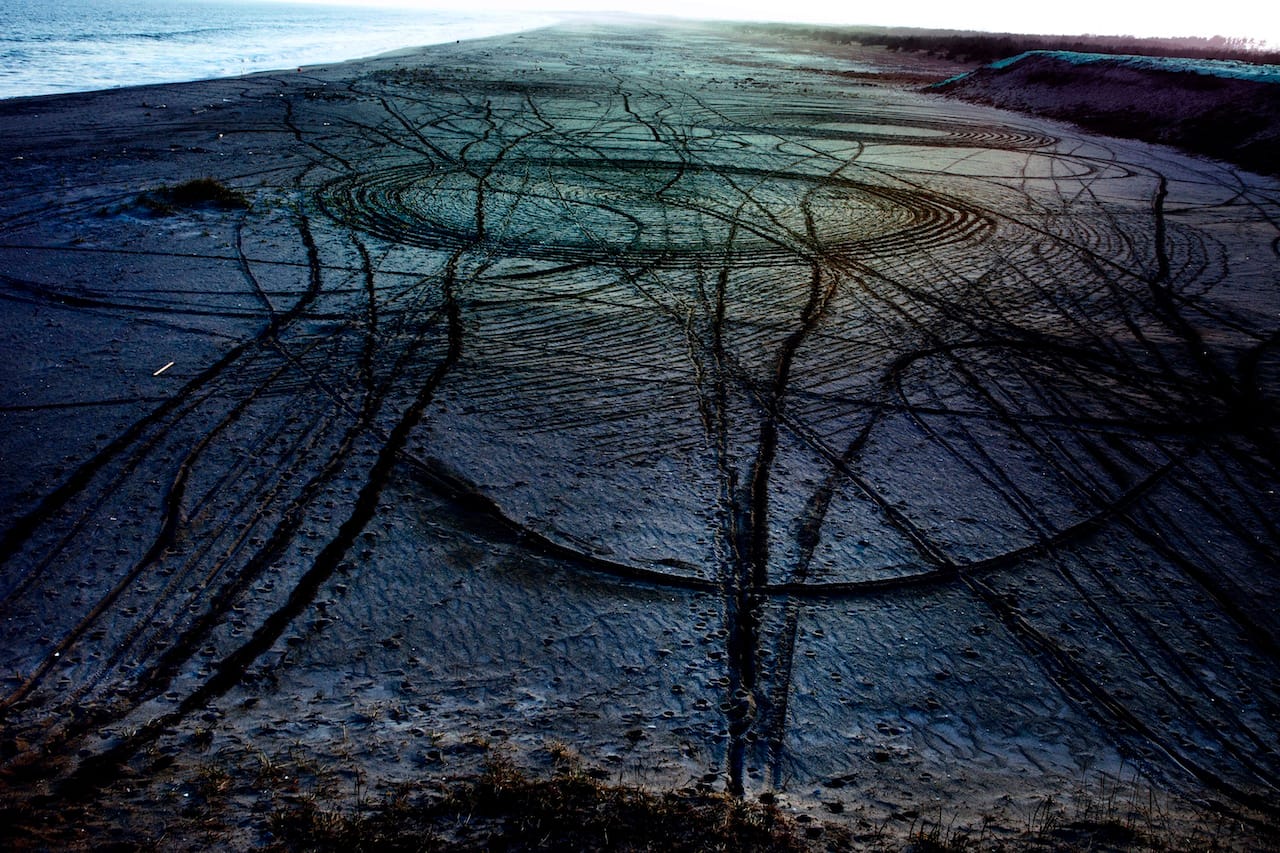
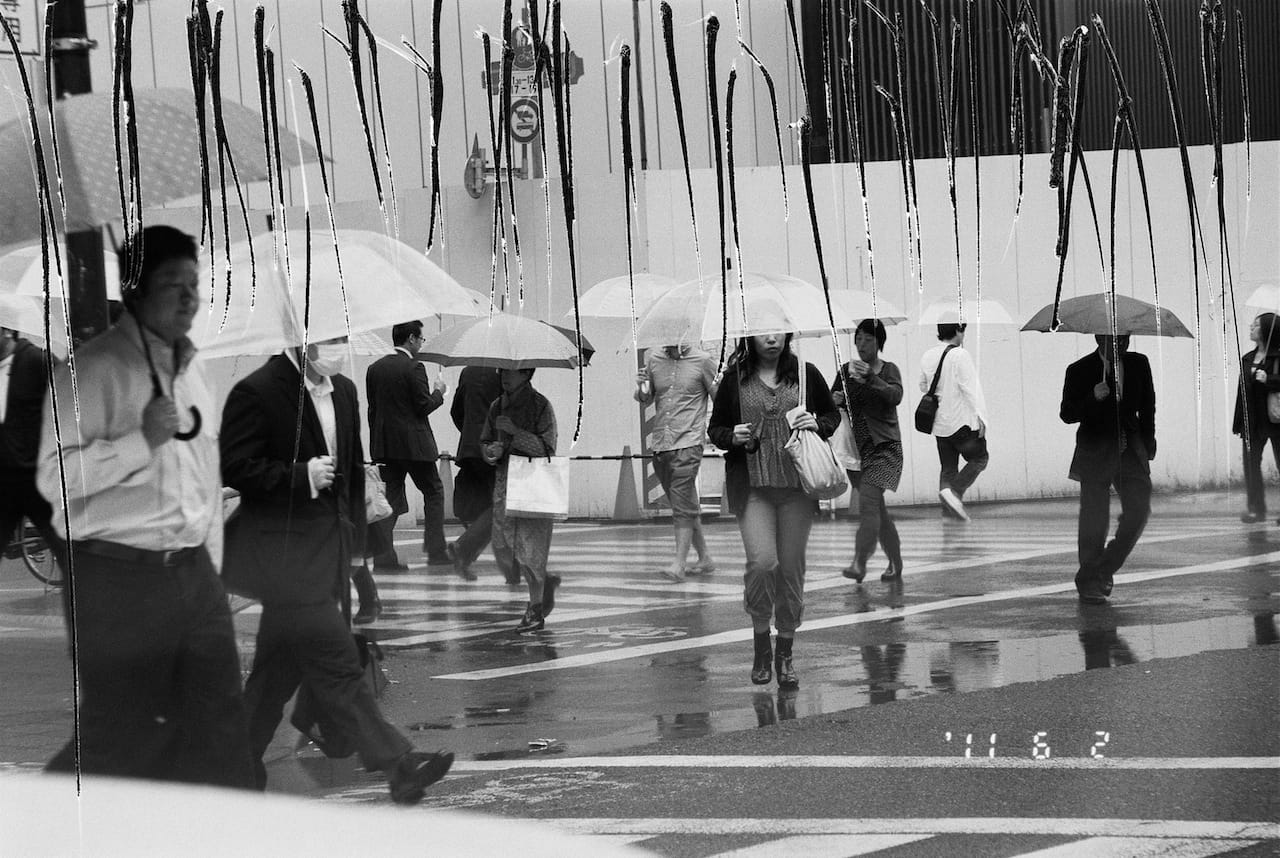
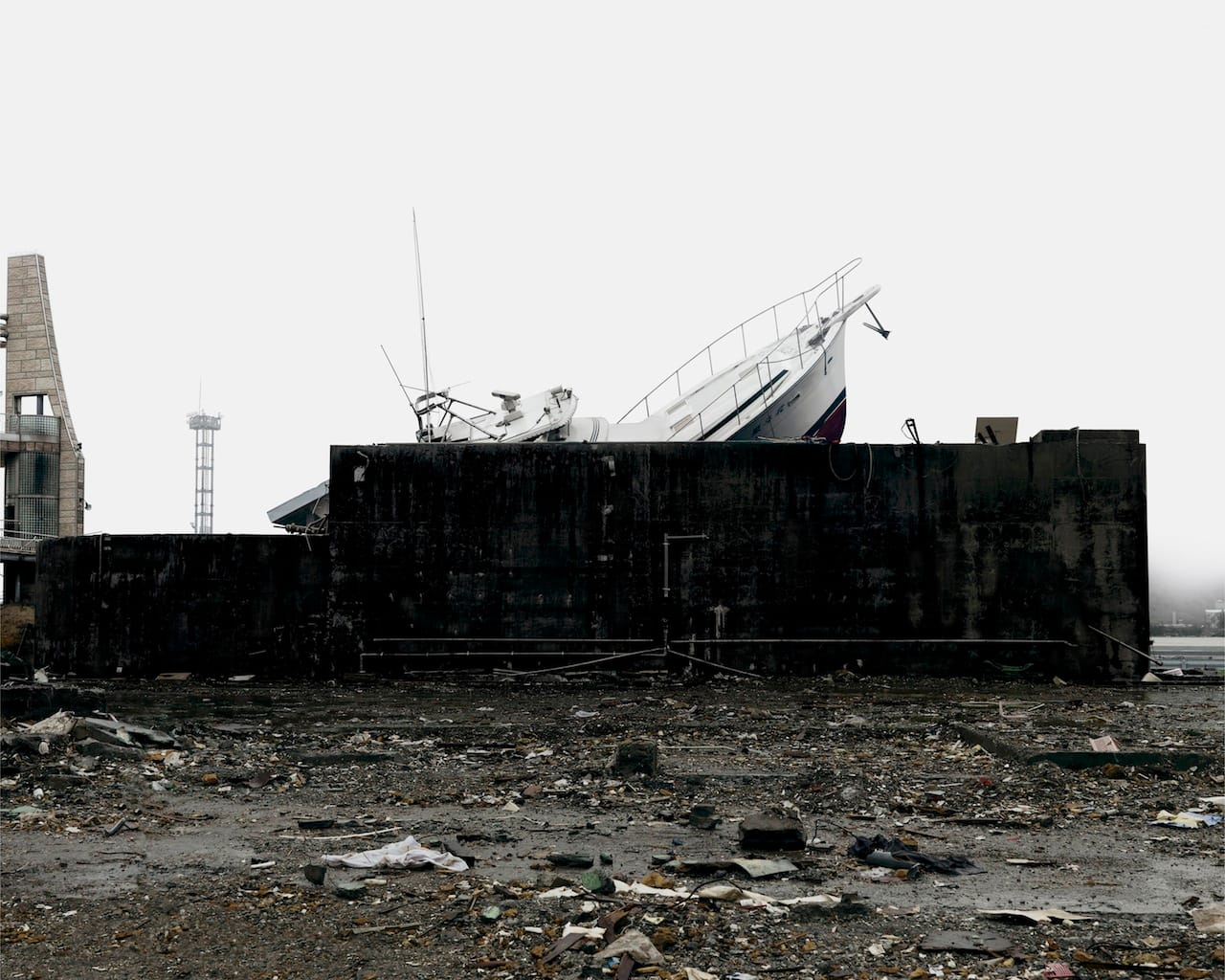
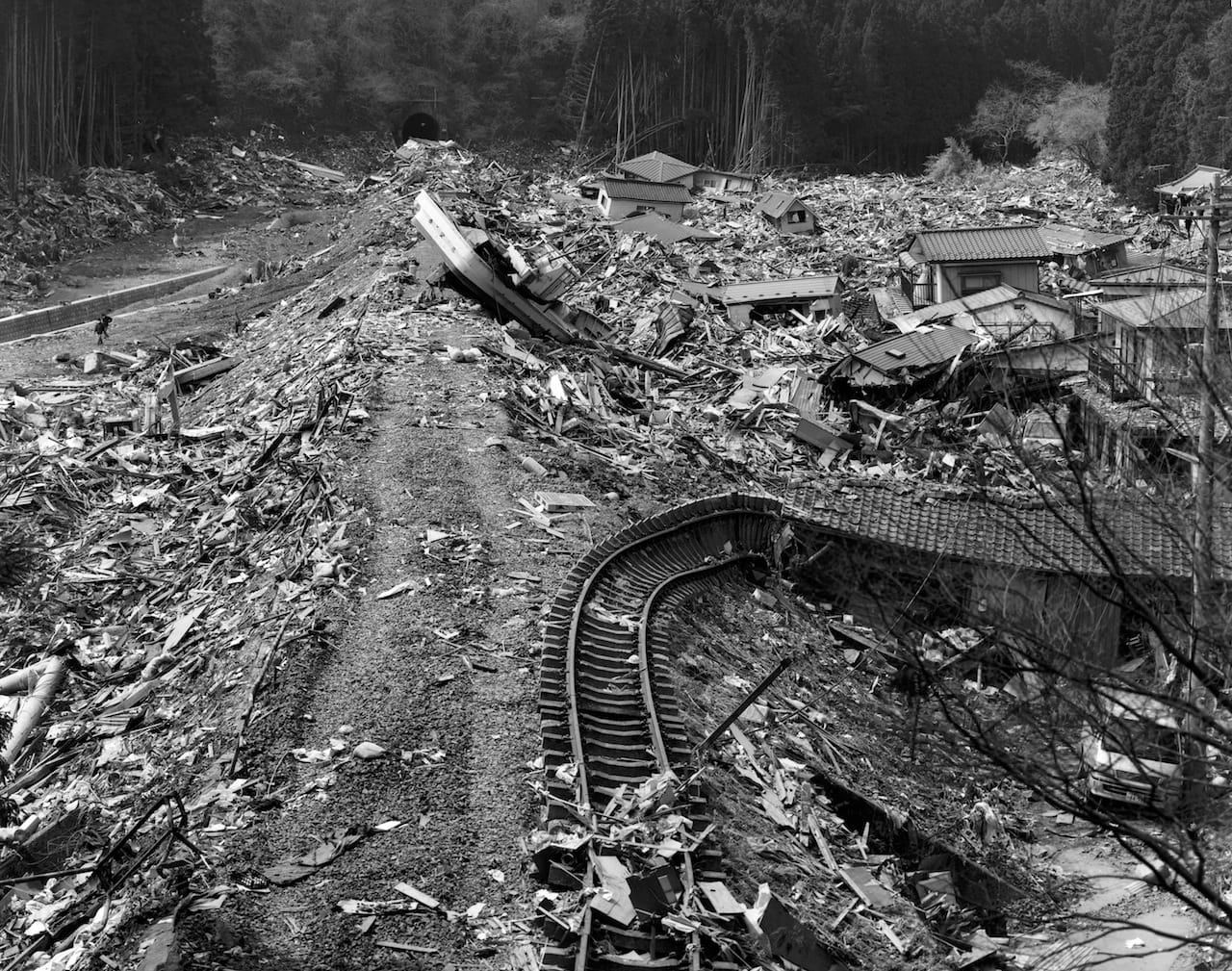
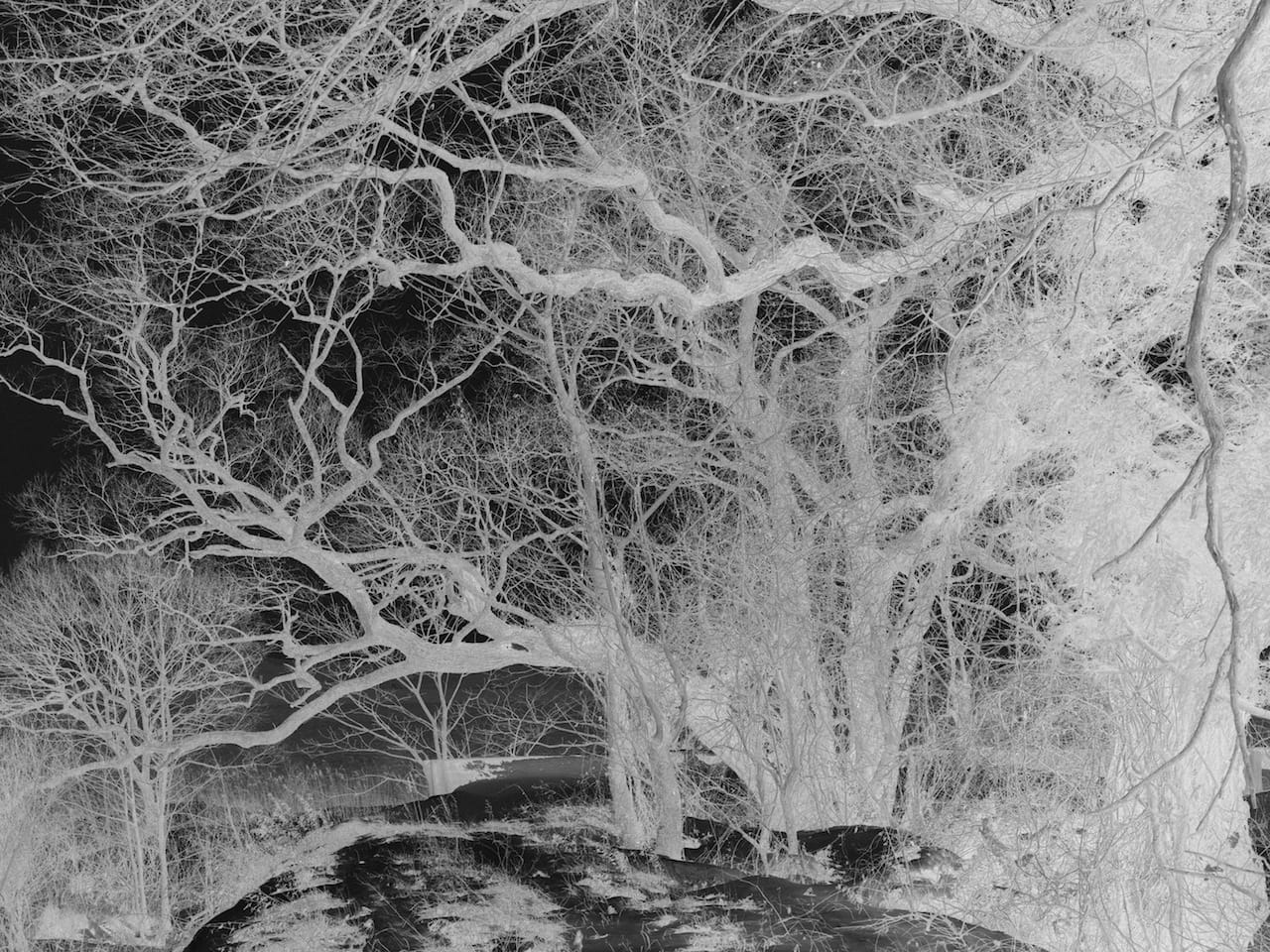
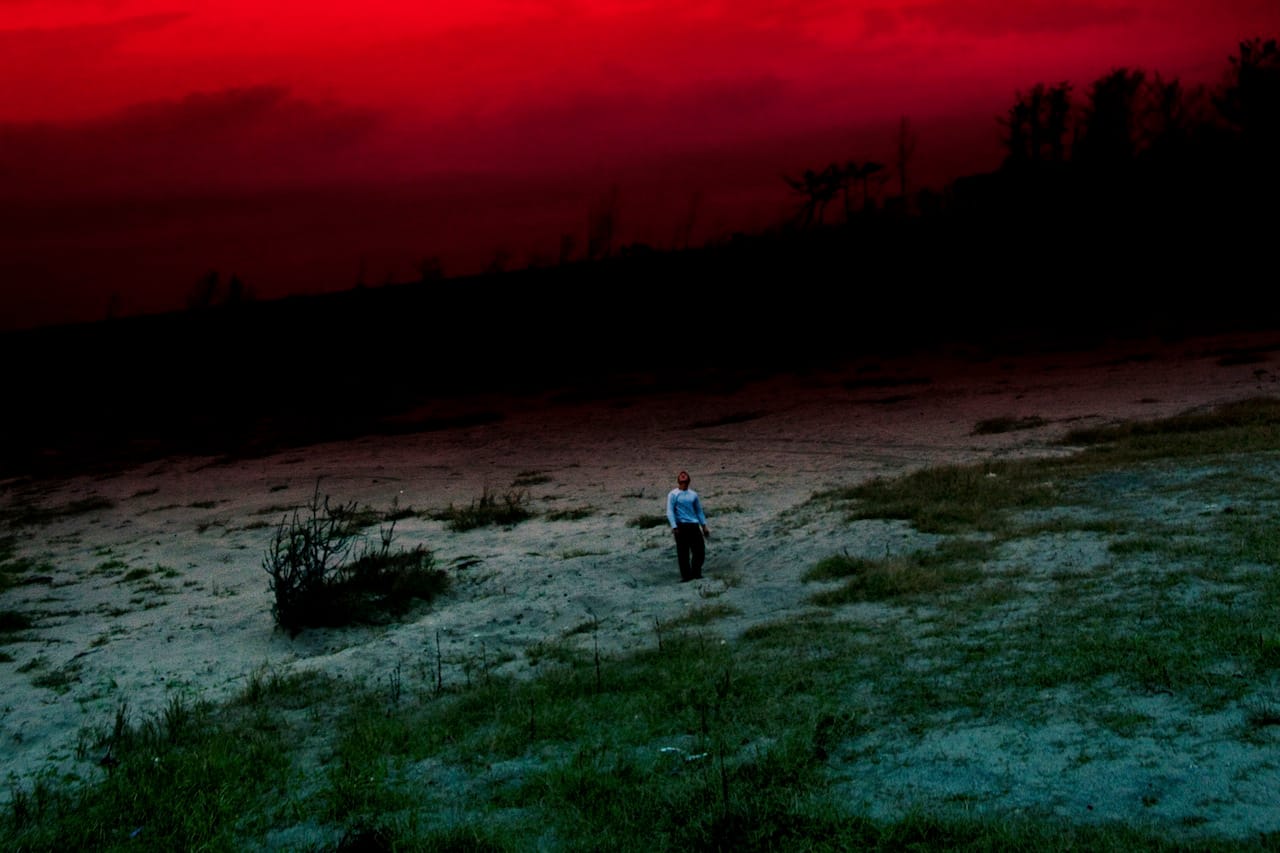

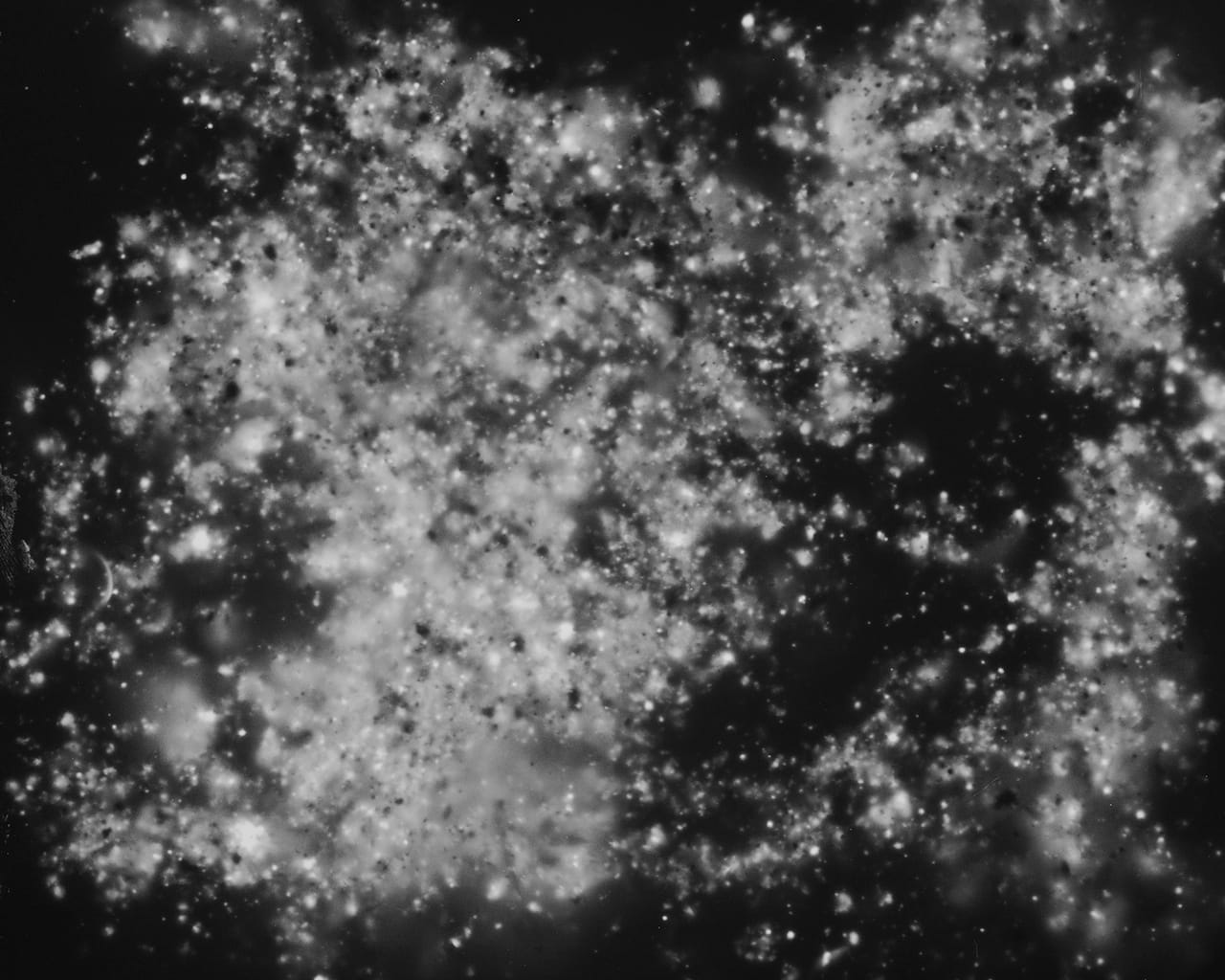
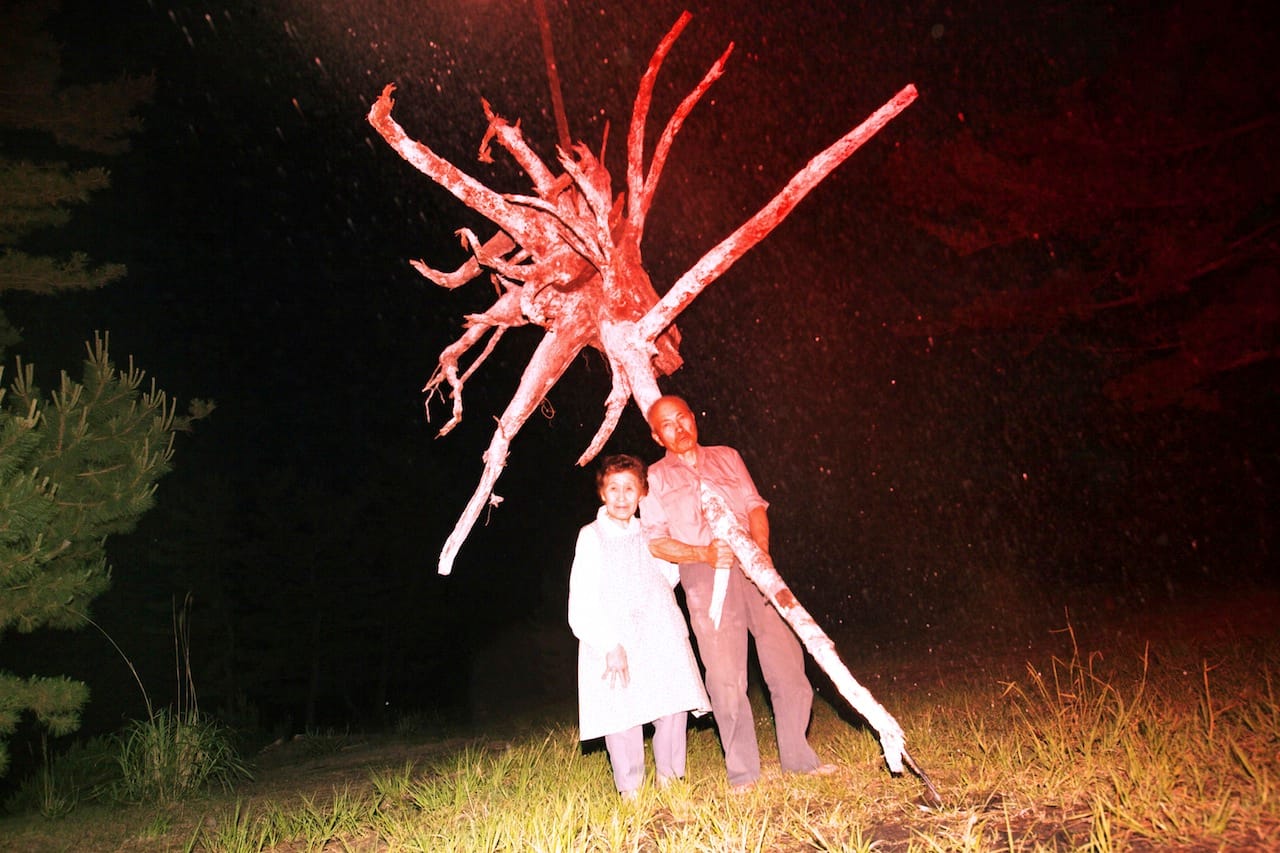



In the Wake: Japanese Photographers Respond to 3/11 continues at the Museum of Fine Arts, Boston (465 Huntington Avenue, Boston) through July 12.




